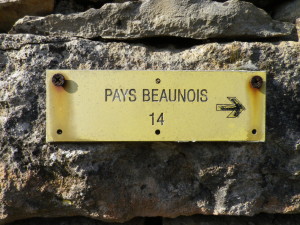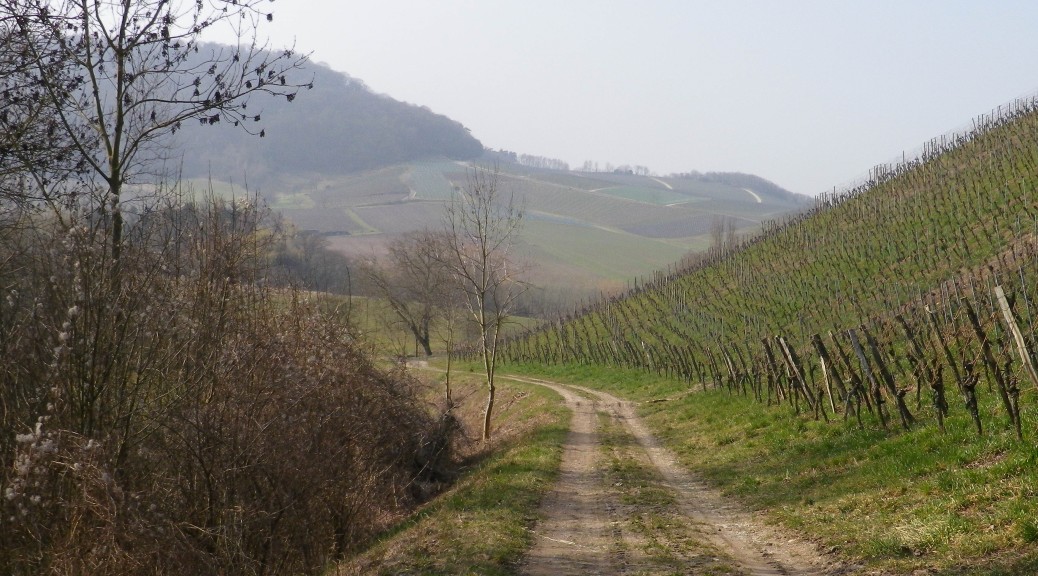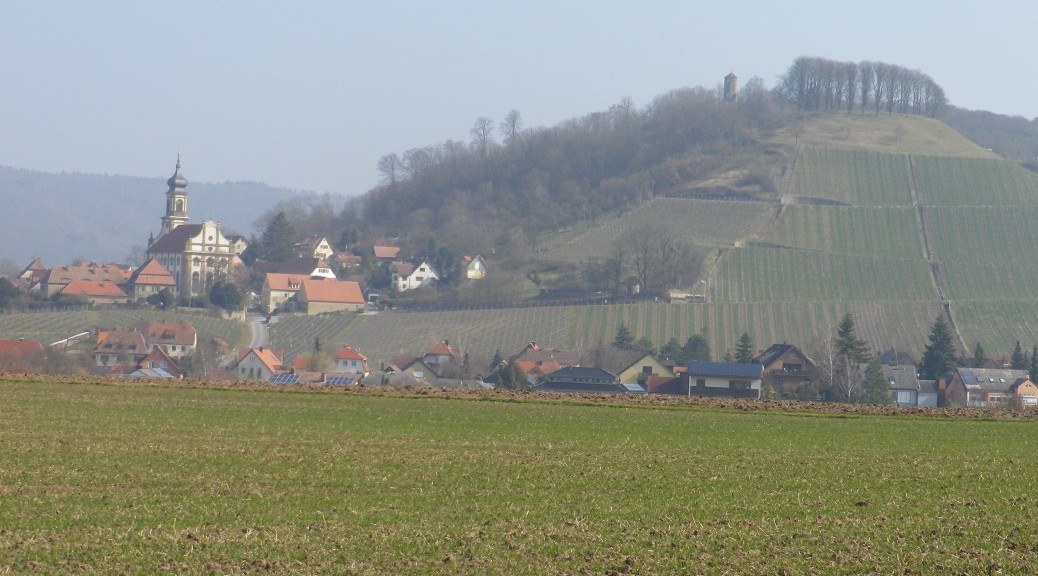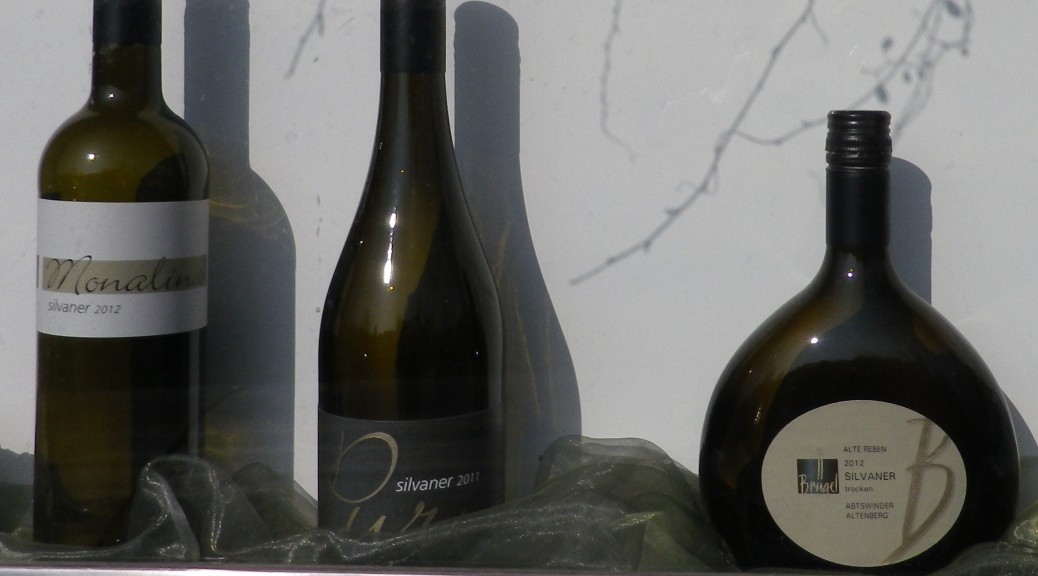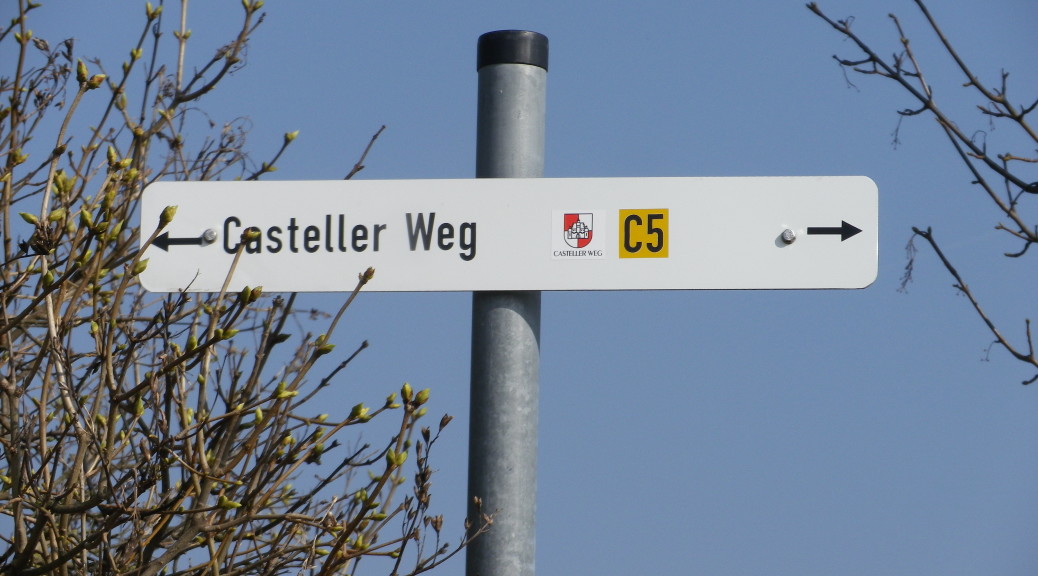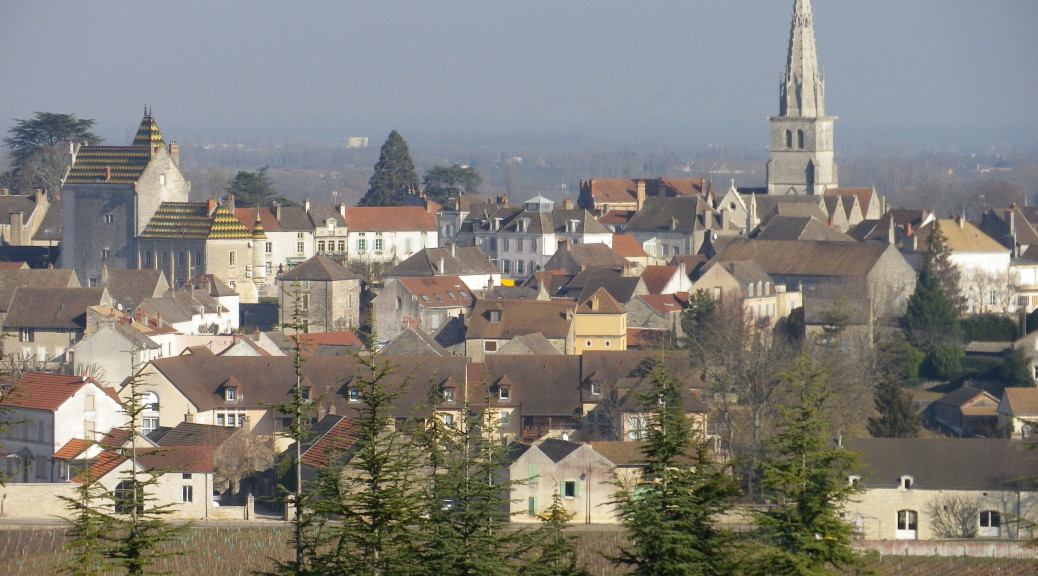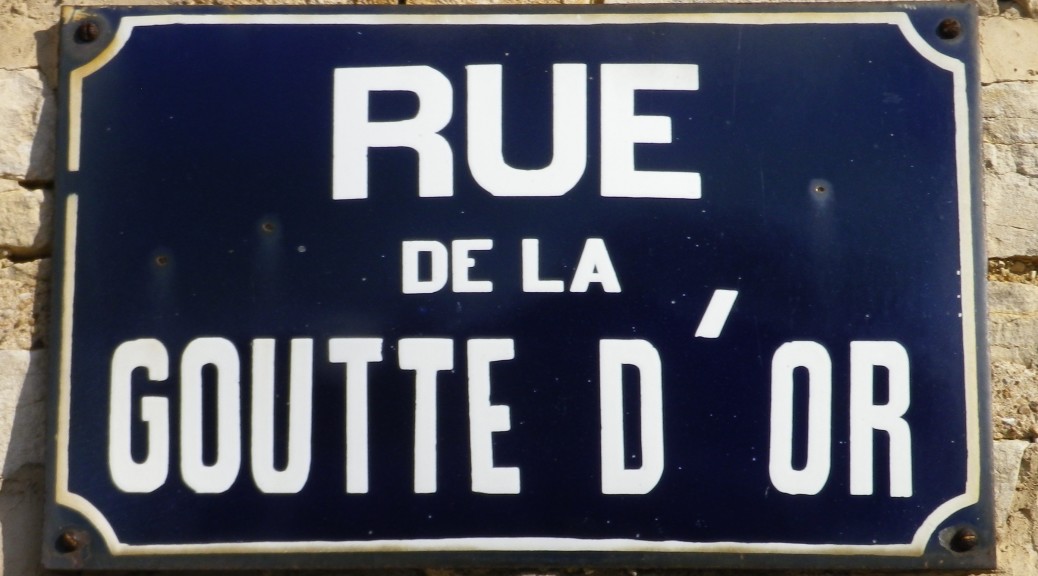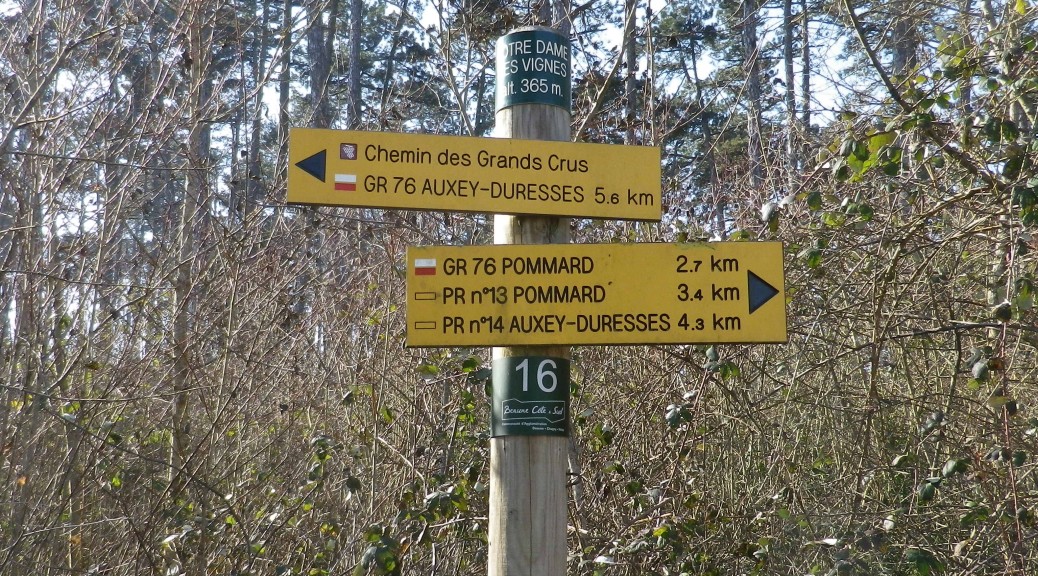Monthly Archives: March 2016
Discovering Silvaner’s German Roots
This outing served my purpose well: a trip into the Franconian wine region’s Steigerwald district, to view vineyards; hike, then drink some quality wine; and do it all in under 7 hours.
Castell, a small village, far from bustling towns, but possessed of quality vineyards and a very good wine estate, fit the bill. A series of circuits meanders through its surrounding vineyards, all the while circling the tiny, picturesque village they support.
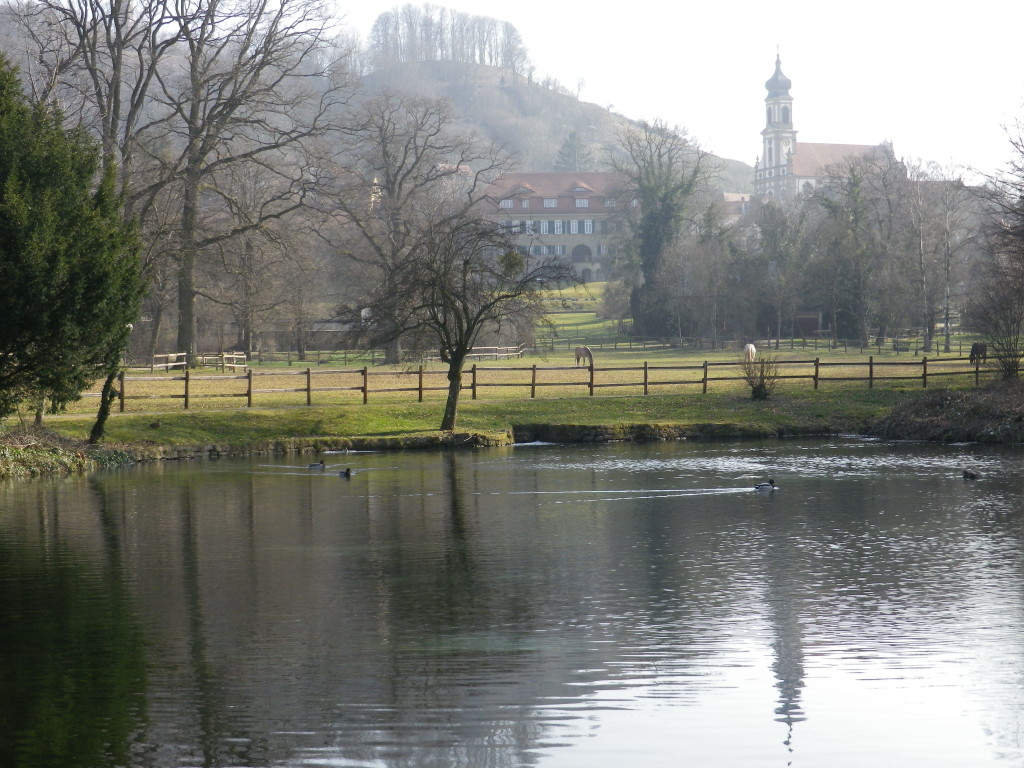
Wine Notes: Steigerwald’s Castell
What I Learned
This post focuses on the Steigerwald district of the Franconian wine region, and more specifically on the village of Castell.
The Franconian Wine Region has three distinct wine districts: The Mainviereck, the Maindreieck and the Steigerwald. Unlike the first two, the Steigerwald wine district is not located along the Main River. This means that the climate-moderating effects of a river do not apply here. And since here is in central Germany, spring frosts can come later, and fall frosts can come earlier, then elsewhere in this region.
Casteller Wine Walks: Trail in a Nutshell
Trail Name: Casteller Weinspaziergaenge
Trail Type: One circuit of the outside segments of four shorter wine hiking circuits; gentle inclines on either paved, or hard-packed surface; well maintained and mostly (but not always) marked with the circuit name.
Length(s):
Large Trail: Casteller Weinspaziergaenge: circa 12 kilometers/ 7.5 miles
Segments: (each circuit total)
Greuter Bastel Circuit: 7.6 kilometers/ 4.75 miles
Schlossberg Circuit: 2.3 kilometers/ 1.4 miles
Hohnart Circuit: 2.5 kilometers/ 1.5 miles
Kugelspiel Circuit: 4 kilometers/ 2.5 miles
Convenient to: Kitzingen, Germany
Marking: Varies by circuit name, although “Casteller Weg” follows the outside edges of the inclusive circuit around Castell, and is mostly identical with Casteller Weinspaziergaenge. (See photo above for signage.)
Meursault: A Study in Chardonnay
My last trip to Burgundy’s Cote d’Or region focused on the northern part, the Cote de Nuits, and its red wines; therefore, I devoted this trip to the southern part, the Cote de Beaune, and its delicious white wines.
Meursault is a small town that has given its name to some of the best known Burgundy white wines in the world. Its wine makers produce Chardonnay exclusively. To gain familiarity with its Chardonnay terrain, I chose one of 16 trails in the area, the one that took me through Meursault, its vineyards, and nearby villages.
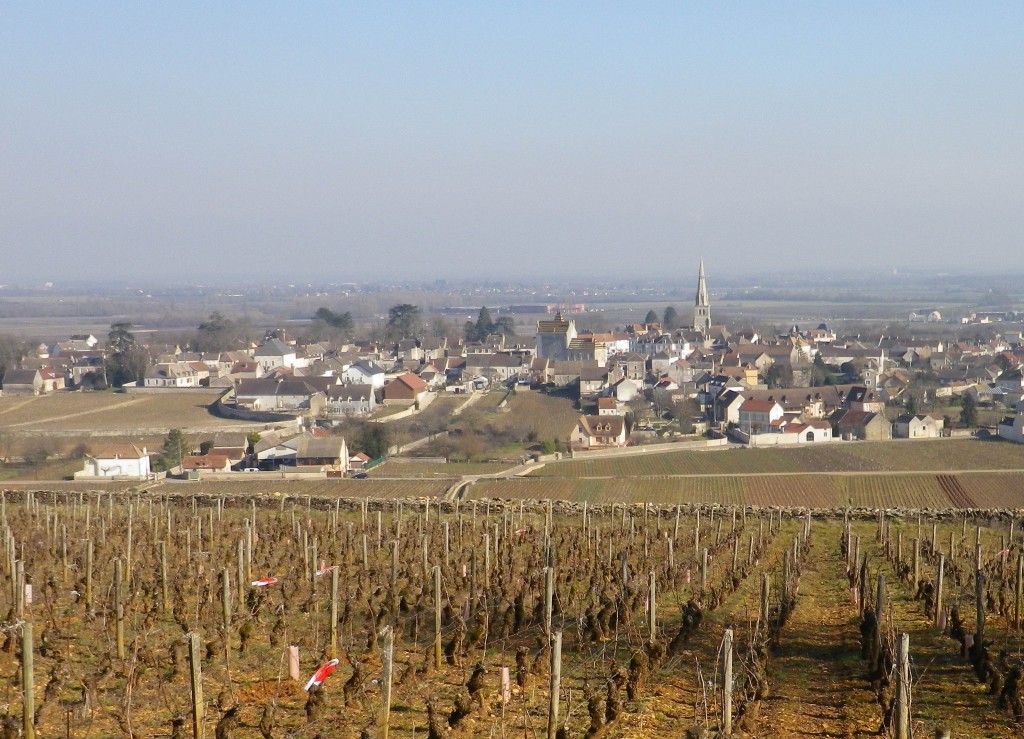
Wine Notes: Meursault
What I Learned:
This post is about Chardonnay, the grape and the wine, and its unique expression in the area around Meursault, in the heart of white Burgundy wine country.
Chardonnay is an adaptable grape. It tolerates a diverse range of soils, and climates. Consider its range: from Washington State to China, and below the equator too, from South Africa to Chile and then Australia. Within Europe, a key northern location is in the cool, rainy Champagne region, where it usually comprises part of a champagne blend, whereas a major southern Chardonnay viticulture center is in hot, dry southern Sicily.
Meursault: Trail in a Nutshell
Trail Name: Promenade en Pays Beaunois Circuit 14, Monthelie; aka Sentier des Buis. (“PR n 14” is seen also on signs)
Trail Type: mid-distance circuit; surfaces vary from asphalt, to hard-packed earth, to rough trails; the route is fairly well-marked, but a map is definitely handy.
Length: total: 12 kilometers/7.5 miles
Convenient to: Beaune, France
Marking: Small yellow rectangular signs “Pays Beaunois 14”, then painted rectangles or arrows (on a variety of surfaces (rocks, trees, posts) indicating the direction to follow. Signs, as in the featured image above, also indicate a specific location and direction to continue.
